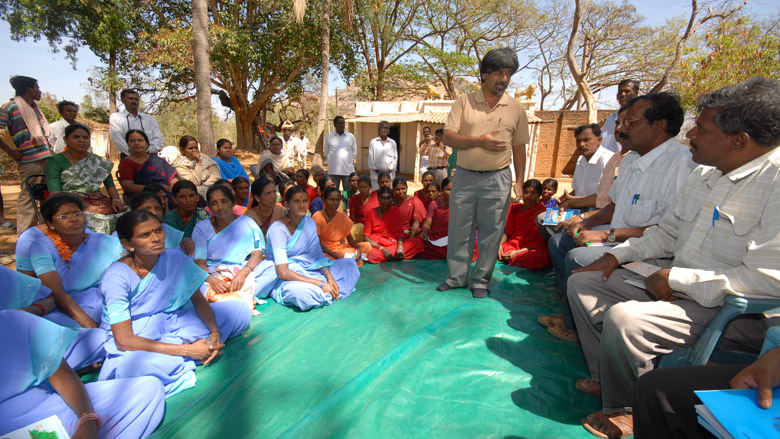Meeting the aspirations of a middle-class economy will require a more agile, responsive and effective public sector in India. To date, the pace of implementation has lagged behind the ambitions of India’s reform agenda — with significant service delivery gaps, including the reliability of water and power supply, transport connectivity, and quality of education — that belie the country’s middle-income status.
The World Bank Group partners with public institutions in the sectors to improve their capability through better resource-management systems and improved accountability mechanisms to incentivize performance, including through increased private-sector involvement. Further the World Bank Group focuses on addresses transversal, core public sector capabilities, particularly at state and local levels, including planning, budgeting, debt management, public financial management, procurement, monitoring, statistical capacity, and citizen engagement.
